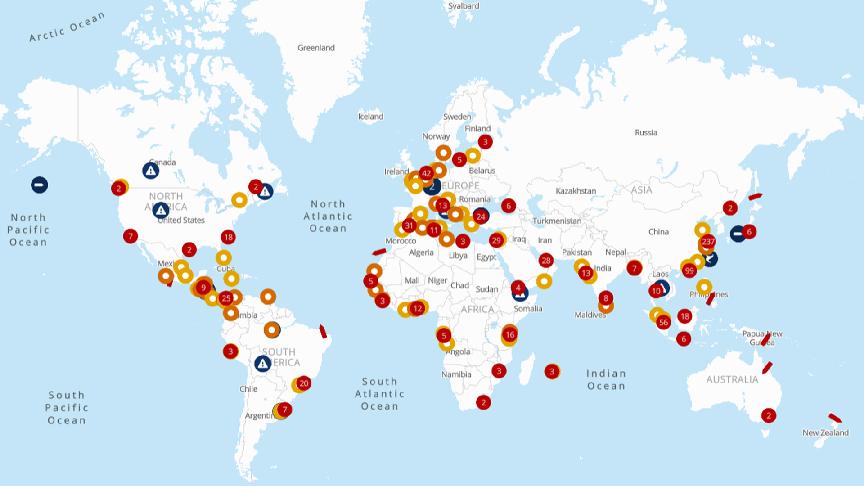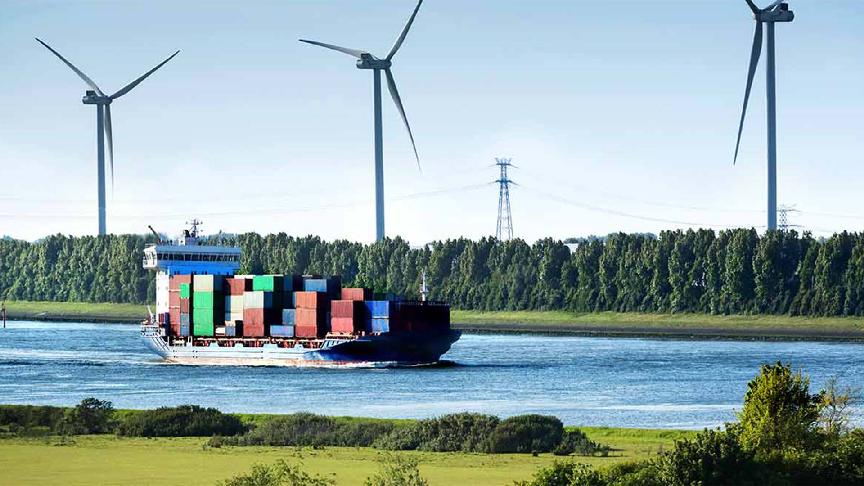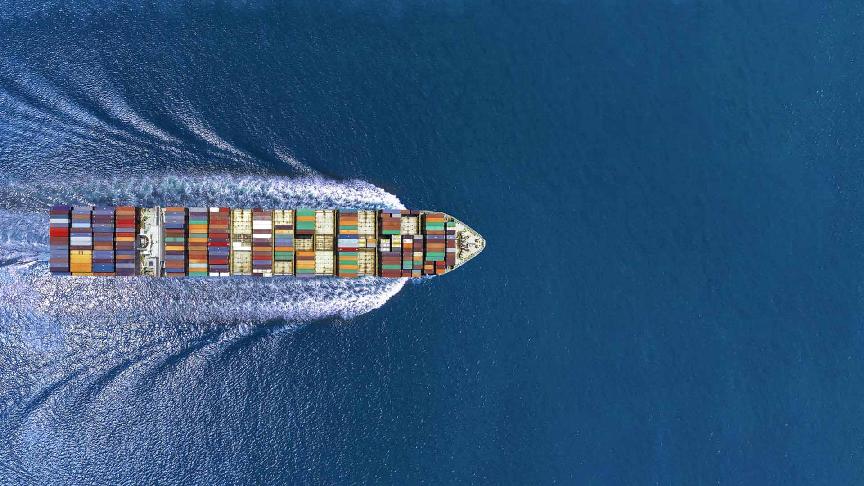Africa’s trade landscape is undergoing a remarkable transformation, positioning the continent as a key player in global commerce. This report examines the drivers behind Africa’s trade boom, the most active trade lanes, and the commodities that are shaping this growth, drawing insights from industry experts and recent data.
What is driving Africa’s trade boom?
The surge in Africa’s trade volumes is primarily linked to demographic and economic factors. A key factor is the population boom in Africa, which is driving demand to rise. Inbound trades are growing by approximately 25% and outbound trades by around 12% year-on-year.
Africa handled around 4 million laden import TEUs in 2010, a figure that has nearly doubled today.
Kuehne+Nagel experts identify other key factors contributing to this growth, such as the emergence of new exporting countries and shifts in global supply chains. The Russia-Ukraine conflict has led to a shift in Africa’s import trends from Ukraine to Turkey, particularly in food products such as pasta.
Additionally, Africa’s ability to adjust its import strategy and source goods flexibly plays a crucial role in facilitating the global trade flow.
With most carriers opting to sail around the continent after the start of the Houthi attacks, one might wonder if this led to an increase in calls at African ports. According to Baris Alici, Kuehne+Nagel’s Sea Logistics Africa Development Manager, the Red Sea detour “is not a factor because it’s mainly affecting other major trades.” The boost is instead driven by internal African dynamics and global shifts, says Baris.
Which trade lanes and carriers are active in the market?
When it comes to trade routes, the Asia-Africa trade is currently the most active, accounting for approximately 65% of the total volume reaching Africa, followed by trade with Europe, the Mediterranean, and the Americas.
Major carriers expanding services include MSC, Maersk, Hapag-Lloyd, and CMA CGM. Hapag-Lloyd has implemented an Africa strategy, acquiring Nile Dutch, while MSC invests heavily in infrastructure across the continent. These developments underscore the strategic importance of Africa in global shipping networks.
What commodities define Africa’s trade flows?
Africa’s imports are primarily comprised of finished goods, foodstuffs, semi-manufactured goods, and consumer products. Exports focus on minerals, frozen food, coffee, tea, and agricultural commodities.
The West African market is experiencing significant expansion, driving the continent’s overall growth. Michael Schroeder, Kuehne+Nagel’s Global Sea Logistics Trade Manager for Africa/ Europe, observed that more countries are showing a stronger trade presence, some of which were not particularly active in the past.
“West African people like to consume beer. We ship a lot of beer out of Denmark, out of the Netherlands, into Western Africa,” says Michael. Other products include cereals, powdered milk, coffee and tea.
What shapes Kuehne+Nagel’s strategic expansion plan in Africa?
Kuehne+Nagel’s expansion strategy in Africa is multifaceted, reflecting a commitment to long-term growth on the continent. Michael explains, “Africa is part of our Vision 2026, Vision 2030. So there is a strong push. That’s why we are fully dedicated to developing our Africa business.”
The strategy includes building a robust network, acquiring specialist companies such as Morgan Cargo in South Africa to strengthen reefer activities, and opening new offices in key markets, including Abidjan, Nigeria, Ghana, and Senegal.
Africa’s trade boom is not a seasonal phenomenon but a sustained trend, supported by demographic growth. As key cities continue to expand rapidly, Africa’s role in global trade will likely strengthen, offering opportunities for logistics providers.







